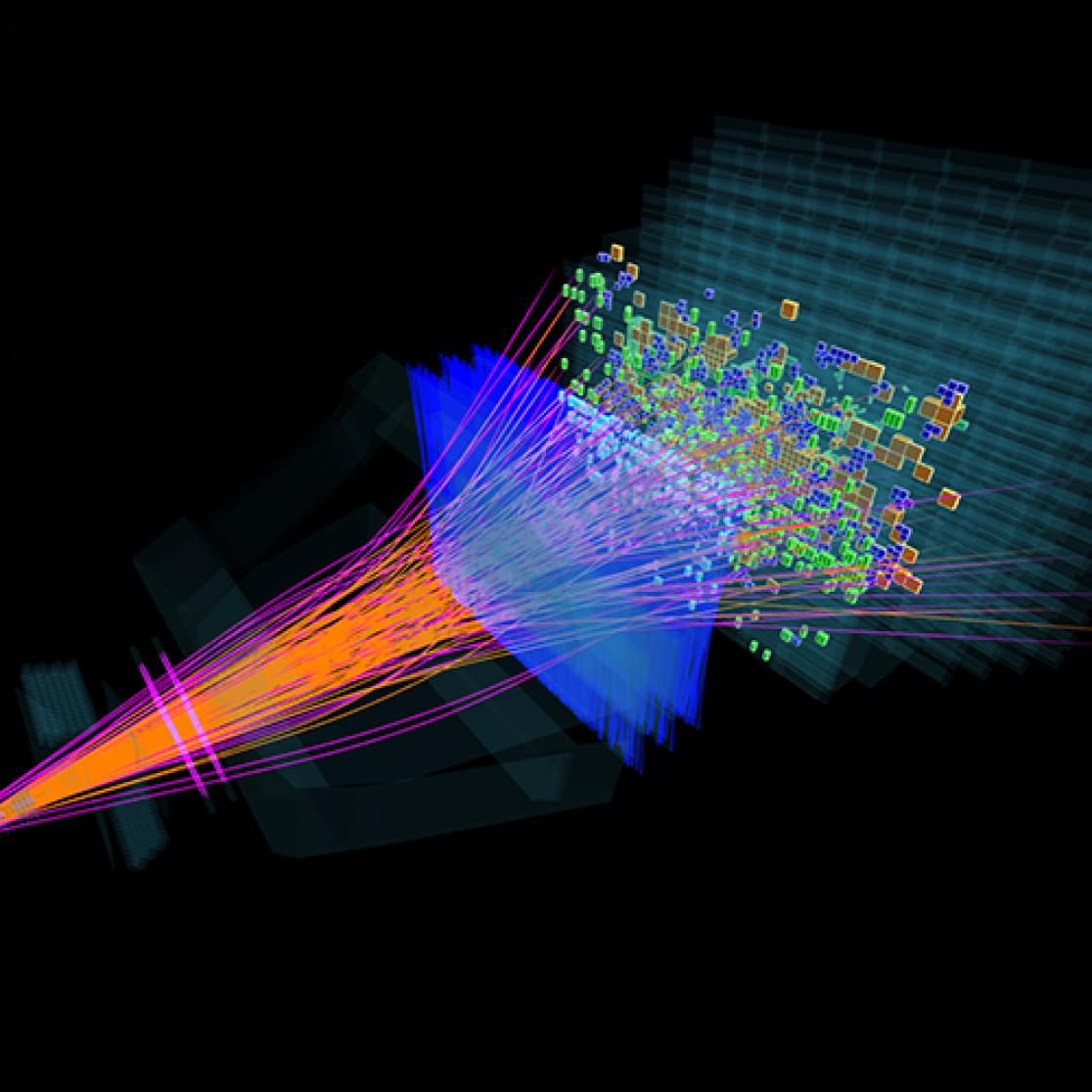Particle Physics research
We try to understand the workings of the Universe on a particle level. The LHCb experiment at the Large Hadron Collider at CERN aims to study the forces of nature - electromagnetic, strong and weak - at the smallest scales and highest energies. Especially in the early universe, right after the big bang, new particles and forces could have had a dramatic impact on the way the universe looks and behaves today.
CP Violation
CP Violation is the study of differences between matter and antimatter. At the big bang, we believe an equal amount of both must have been created, but today we only find evidence of matter in our universe. Some asymmetry must therefore occur in the laws of physics at higher energies. We study this at LHCb by creating high-energy collisions, and measuring the rates and interactions of matter and antimatter. This way, we hope to learn about the forces at play in the early universe, and why our universe looks the way it does, today.
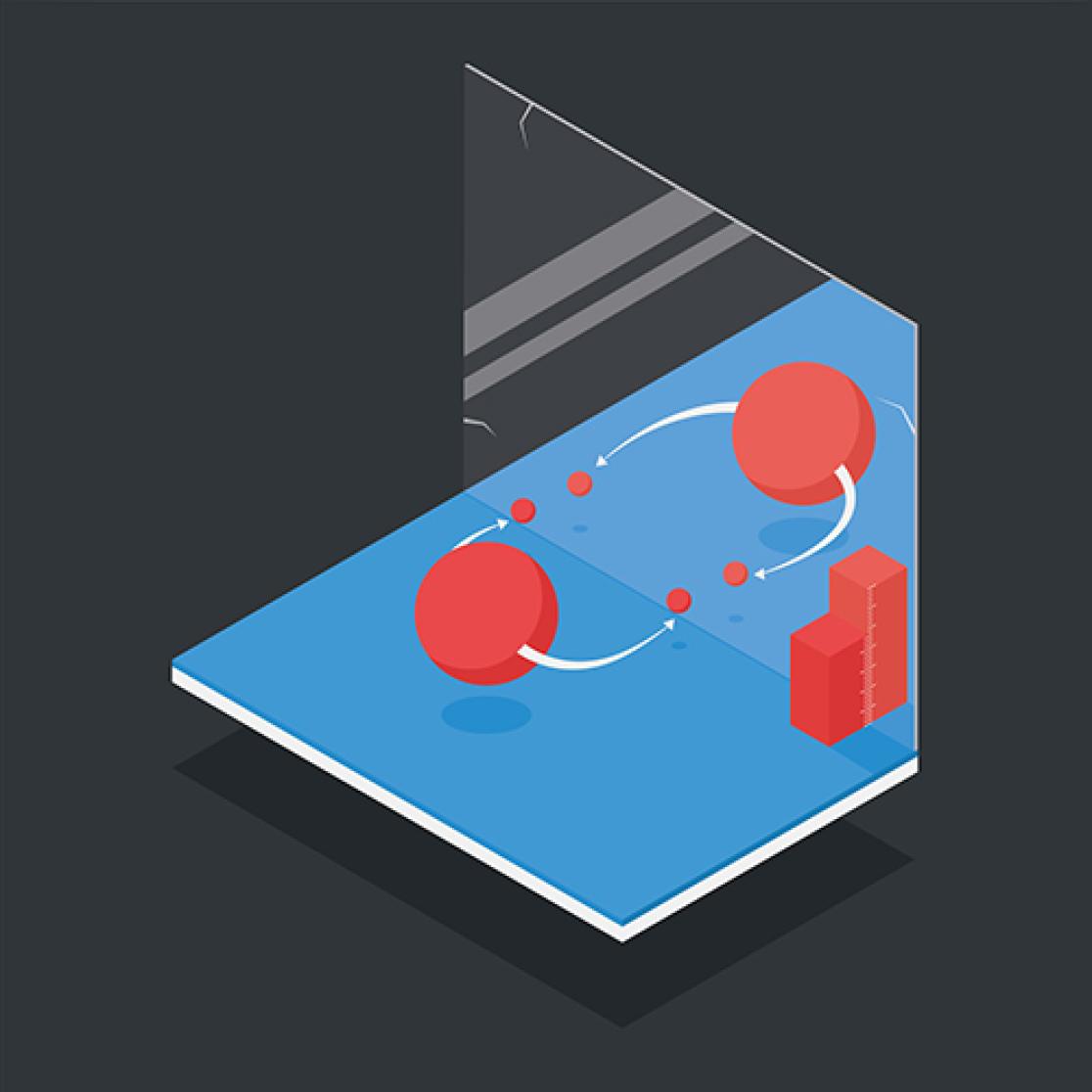
Rare decays
Rare particle decays are an excellent way to study the possible existence of new, fundamental particles. Such new particles can have an imprint on properties such as decay rates of rare processes, through so-called ‘quantum loops’. LHCb is the world-leading expert in the search for new particles using rare decays of beauty baryons.
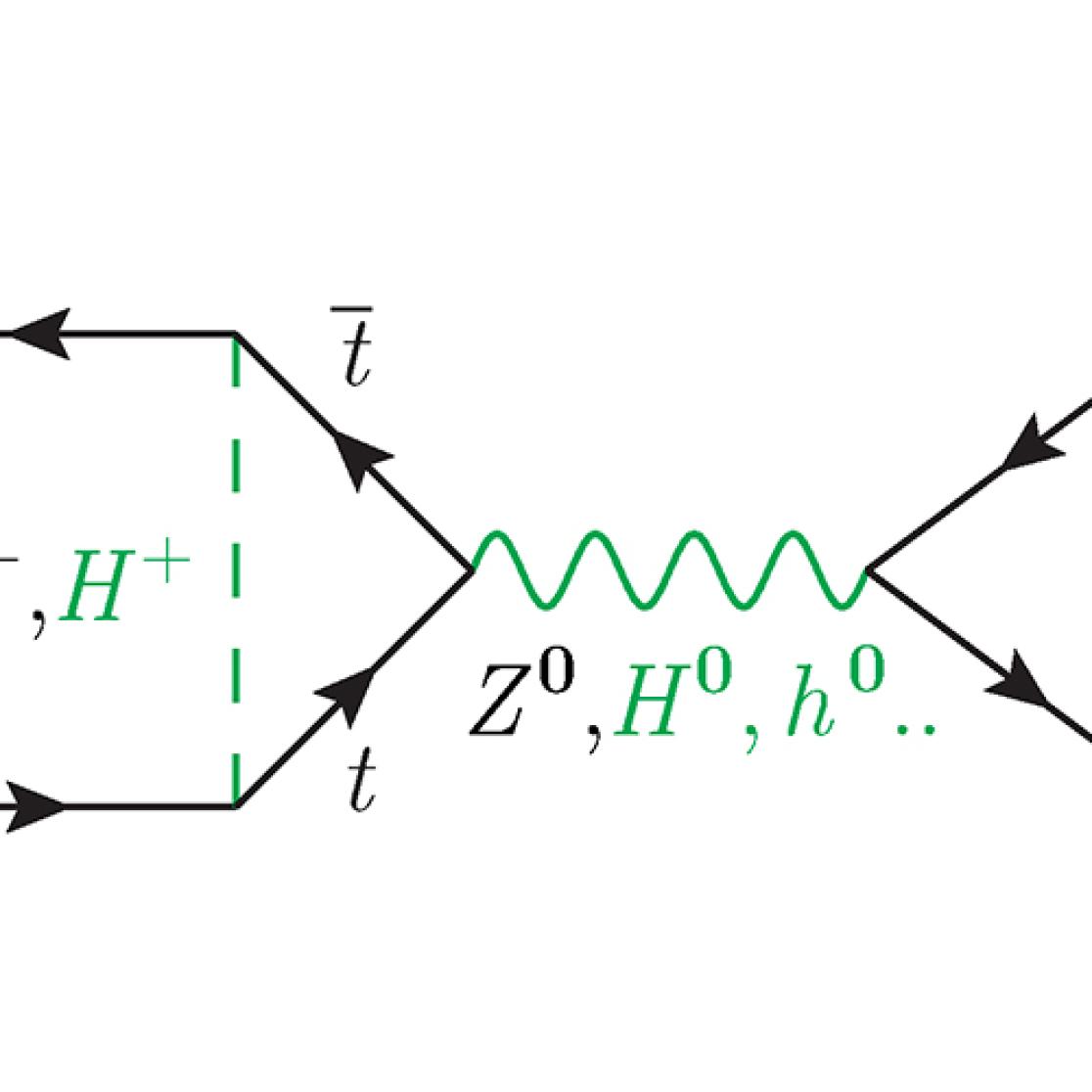
Charm physics
LHCb has collected worlds’ largest samples of particles containing a charm quark. By studying the production and asymmetries of these particles in the high-energy collisions at the LHC, we can learn something about the strong nuclear force that binds these quarks together.
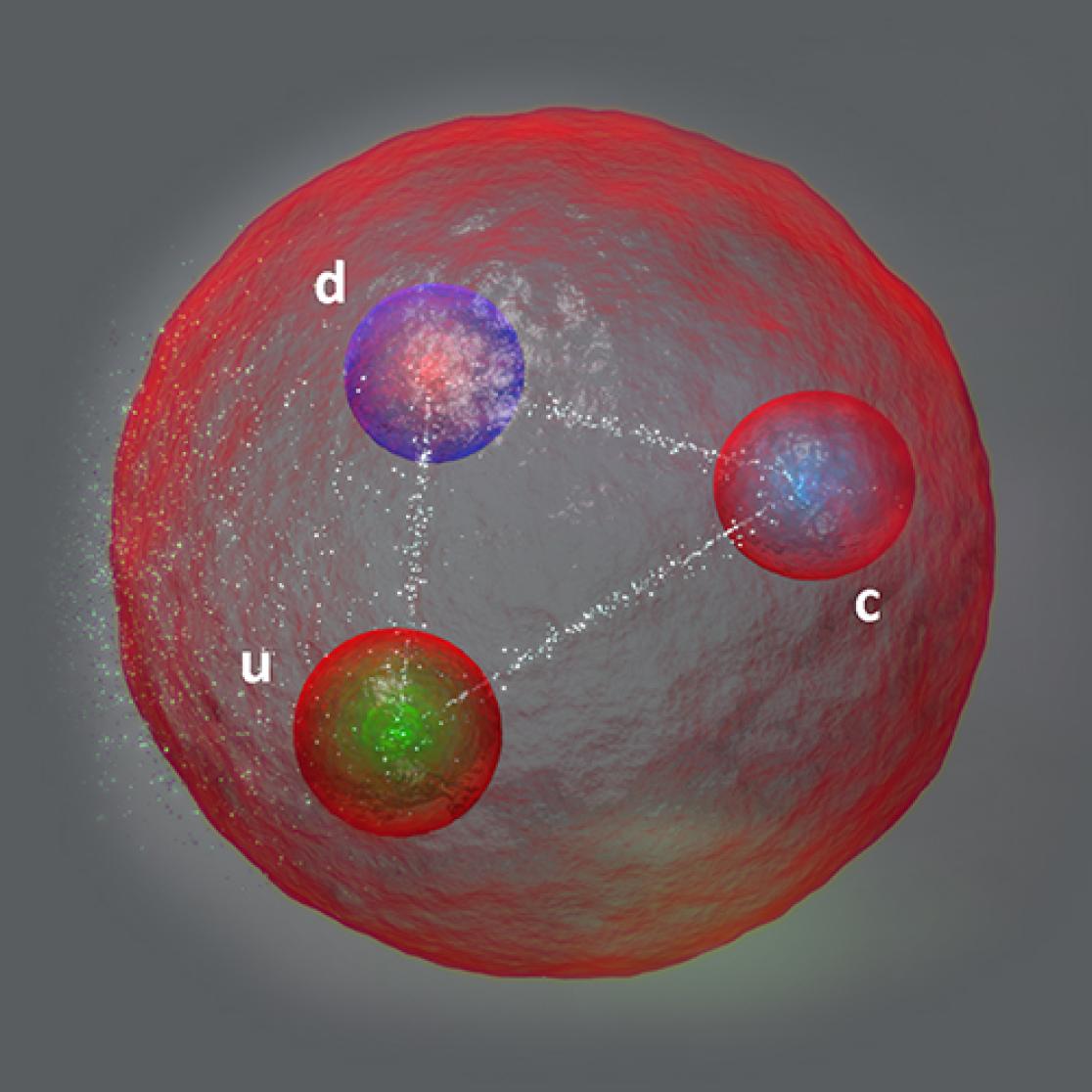
Machine Learning
Artificial Intelligence or Machine Learning is a great help in extracting useful information from the large amounts of data generated by the particle collisions at the LHC. At MSP, we study the use of various of these tools: deep neural networks, convolutional networks, anomaly detection, long-short term memory, and more. These studies are performed in collaboration with experts at Maastricht University's Department of Advanced Computing Sciences.
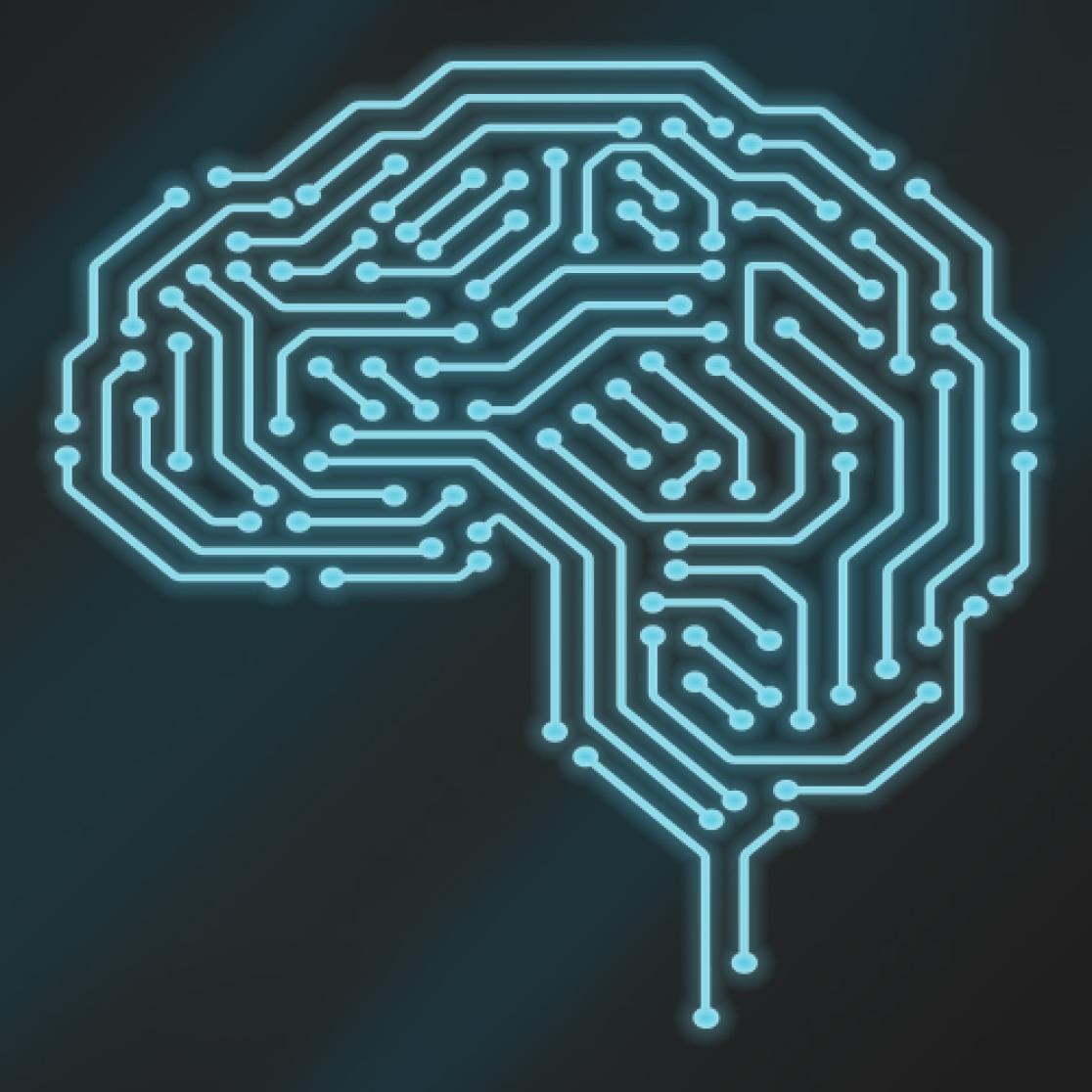
Pattern Recognition
In order to do physics, the raw data of the LHCb detector needs to be reconstructed: finding true particle tracks from individual readout ‘hits’. As this is run in real-time during the particle collisions (~40 million per second), this falls into the area of high-performance computing. At UM, we are deeply involved with these algorithms, and studying increased performance by using new architectures such as graphical processing units or quantum computers.
